Costa Rica is all the things you imagine it to be in equal measures and you can catch it all even with only two weeks in Costa Rica: long beautiful coastlines, dreamy cloud forests, abundant wildlife, colourful cities and a lotof rice and beans.
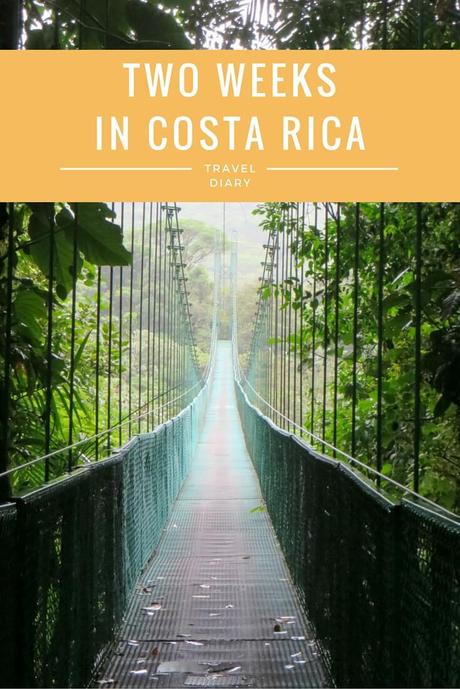
Costa Rica as a holiday destination has never been more popular but, if anything, that means now is the perfect time to go – the infrastructure and openness is there, but you don’t need to wander far to feel like you have the place to yourself.
Last May I spent just over two weeks travelling around Costa Rica, so all of the below is based on my experience of wanting to see a lot, but not by travelling so fast that I saw nothing. Though you can only scratch the surface in that amount of time, when you work full-time (as I do), two weeks in Costa Rica might be your only option. Fortunately, travel times and distances aren’t prohibitively long, road conditions are largely decent and many areas are well-connected.

When to go
Broadly speaking, Costa Rica has two defined seasons: wet and dry. December to April is the dry season and thus considered by many to be the best time to visit. However, that’s also when everyone else will be visiting, prices will be higher and some accommodation might be fully booked.
While the rest of the year technically falls under the wet season, I’d highly recommend going during the “shoulder” months of May or November when the weather is largely fine but the crowds have either tailed off or not returned yet.
Getting there
Costa Rica is becoming more and more accessible. British Airways have recently started flying direct and Thomson have done the same with their packages direct from the UK to Costa Rica. Iberia flies from various UK airports to San José via Madrid.
Two Weeks in Costa Rica – An Itinerary
As I mentioned, this is based on my trip but I have slightly slimmed my itinerary (which was sixteen days) down to neatly fit within a visit of two weeks in Costa Rica, but if you have a day or two more I would highly recommend adding a night or two staying over at the Toucan Rescue Ranch.
Days 1 & 2: Arrive in San José; Explore San José
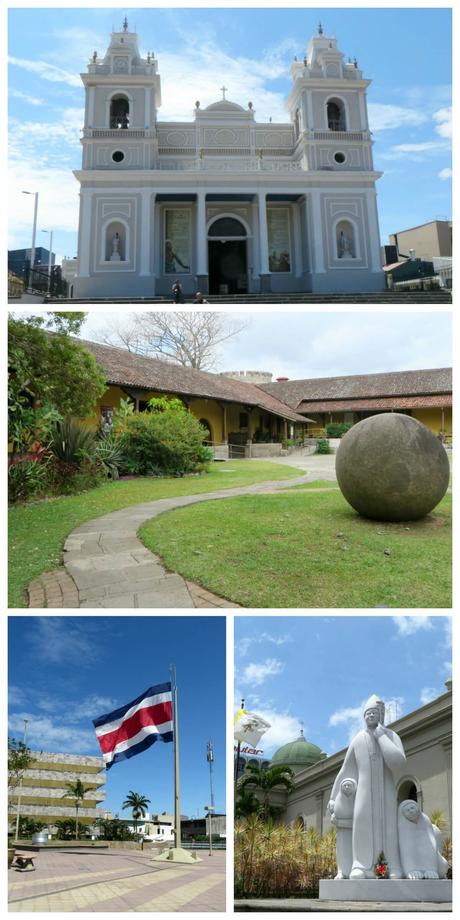
San José isn’t the prettiest city you’ll ever step foot in, but it does have it’s share of vibrant street art, colonial architecture and great vegan food can be found at cafés such as Mantras. The city certainly warrants a day’s worth of exploring but you’ll most likely find that sufficient.
Top tip: Make the most of your time and learn a little at the same time by taking a walking tour.
Day 3: Visit the Toucan Rescue Ranch
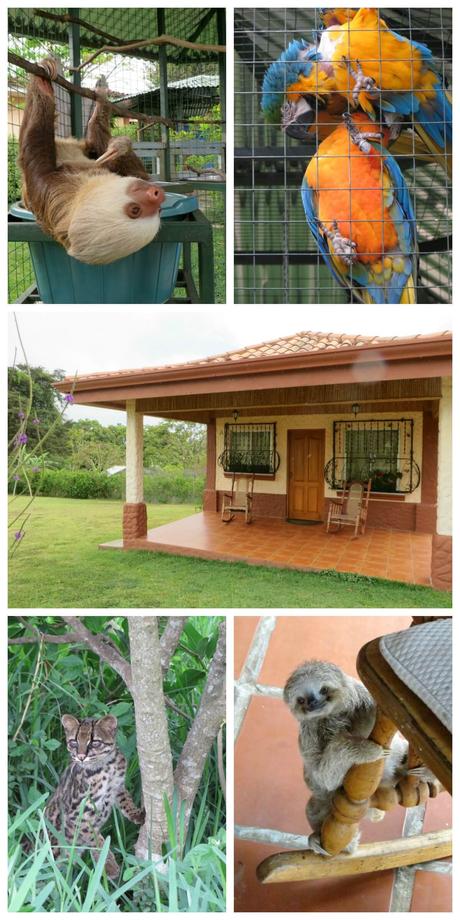
The Toucan Rescue Ranch is without a doubt one of the most special places I’ve ever visited. Despite its name, the Toucan Rescue Ranch provides a home to a whole array of animals who have been injured, orphaned or rescued – including plenty of baby and adult sloths. You can visit as a tour or stay in their beautiful guesthouse; I spent a wonderful two nights at the Toucan Rescue Ranch and can’t recommend it enough.
Top tip: If you stay over, or arrange to arrive early, you can eat breakfast at the same time as the baby sloths!
Days 4, 5 & 6: Travel to Arenal; Hiking, rafting and exploring Arenal
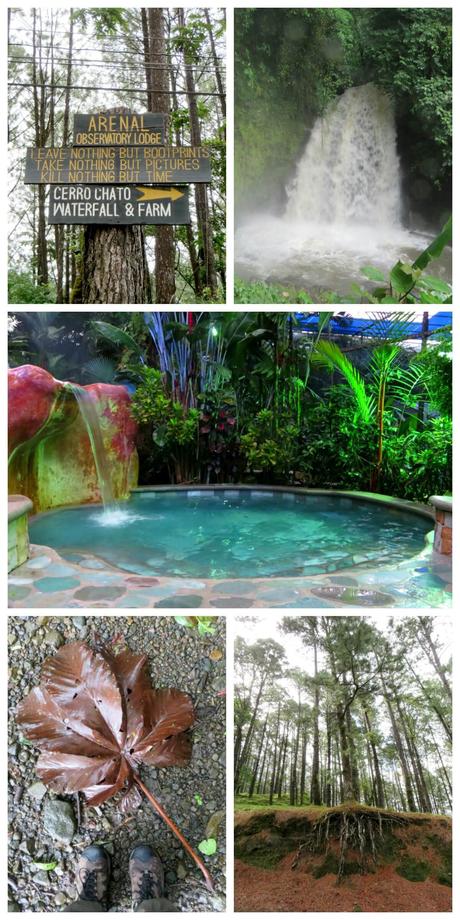
Towering over the surrounding national park, Arenal is an active volcano around 90 km northwest of San José. There’s a real abundance of things to do in the area, including white water rafting, hiking, rappelling and more, not to mention plenty of hot springs to relax in afterwards. You can find tours that will take you on a combination of activities in one day but I opted to spend one day white water rafting on the Sarapiqui and another hiking, followed by an evening at the dreamy Baldi hot springs.
The hike took me up the dormant volcano, Cerro Chato. The hike can be started from Arenal observatory lodge, through lush farmland to the well-signed posted upwards track. Whilst I would highly recommend this particular walk, it’s not for the faint-hearted! Cerro Chato is easily the most challenging hike I’ve ever done (and I’ve done my fair share of challenging hikes), made worse by the torrential rain that kicked in, and I didn’t quite make it all the way to the top.
I should also add here that the clouds never parted over Arenal during my stay so, though I saw and did a lot in the area, I didn’t see the volcano itself!
Top tip: You can buy tickets to Baldi hot springs that include an all-you-can-eat buffet – with veggie options – so you can easily spend a whole evening there recovering from the day’s activities.
Days 7, 8 & 9: Travel to Monteverde; Exploring Monteverde
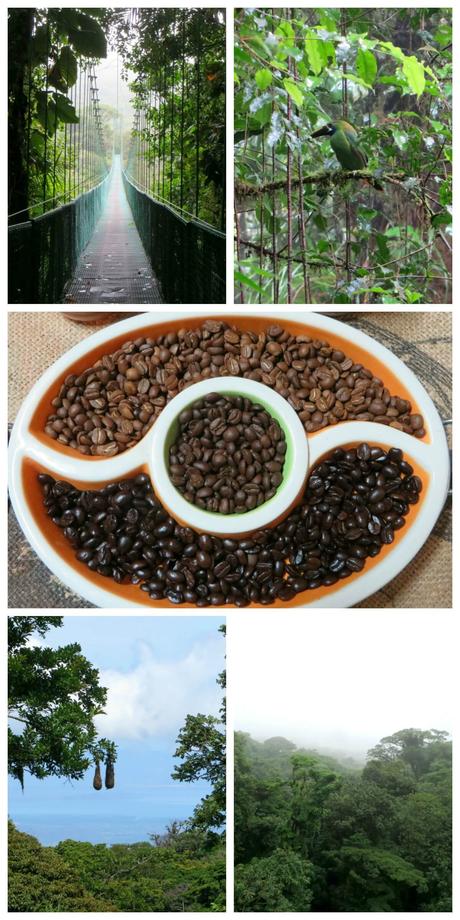
The road to Monteverde is a bumpy one, due to opposition from locals who wanted to limit tourist numbers in the area, but it’s an easily navigable one from Arenal via a taxi-boat-taxi. The taxi-boat-taxi takes you from Arenal, across the scenic Arenal lake and onwards.
Monteverde, like Arenal, also has all kinds of activities available albeit at a slightly slower pace. The Curi Cancha reserve is a great spot to hike and look for wildlife, including coati mundi. The Monteverde Cloud Forest Reserve is criss crossed by atmospheric hanging bridges high over the canopy. The reserve is ideal for bird watching (even if you’re not usually into bird watching!) and you can pick up a guide at the visitor centre, increasing your chances massively of spotting birds such as the quetzal, three-wattled bellbird and trogan.
Another interesting thing to do in Monteverde is a combined coffee tour and night jungle walk. Many animals in Costa Rica are nocturnal so nighttime is the perfect time to spot them – with the help of a very observant guide, I came across frogs, tarantulas, two-toed sloths and a kinkajou high up in the trees.
Top tip: Santa Elena village is essentially the centre of Monteverde, but it’s not particularly pretty or interesting – I’d highly recommend staying in a more rural location to truly appreciate the surroundings.
Days 10, 11 & 12: Travel to Manuel Antonio; Exploring Manuel Antonio
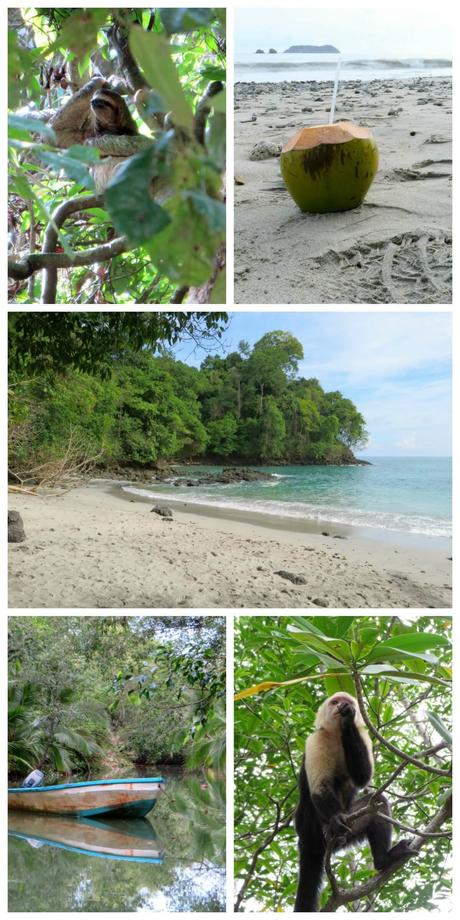
Manuel Antonio is one of the most popular spots in the country and no two weeks in Costa Rica would be complete without visiting. The national park of Manuel Antonio is home to so many of Costa Rica’s iconic animals; you’ll spot three-toed sloths sleeping high up in the canopy, iguanas lazing on the beaches, howler monkeys calling in the distance, the list goes on!
The national park is only open during the day and crowds do build up on the way in and out as well as on the first beach. Wander a little further, however, and you might just find a beach to yourself. There’s also a public beach outside of the park that you can access at any time.
The mangrove areas near to Manuel Antonio are also worth a visit and you can easily take an early morning boat trip through the otherworldly streams that intersect the forests.
Top tip: From Monteverde to Manuel Antonio there are both public buses and minivan transfers. If you take the latter, ask your driver to pause at Rio Tarcoles to take a peek over Crocodile Bridge at the huge creatures below.
Days 13 & 14: Travel to San Gerardo de Dota; Exploring San Gerardo de Dota
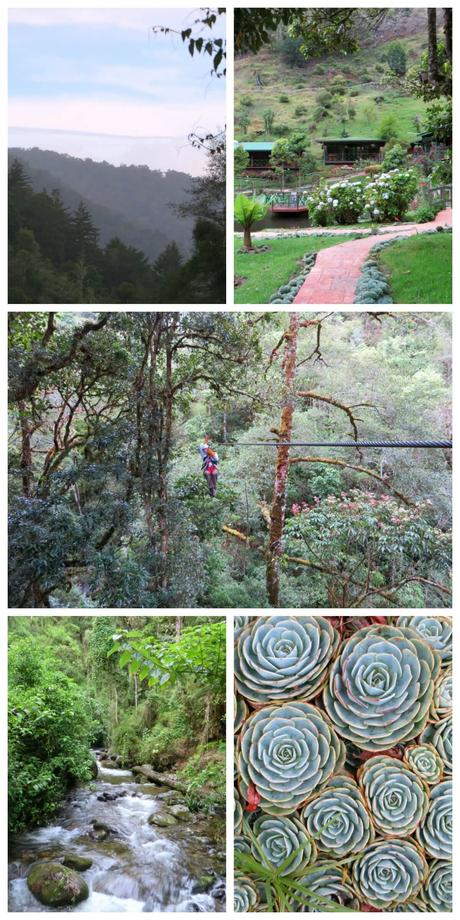
Where many of the other destinations so far have a distinctly tropical air, San Gerardo de Dota has a more alpine feel to it with babbling streams and green forested mountains. The area is home to Los Quetzales National Park (home to the resplendent quetzal) and a paradise for hiking. There are a handful of beautiful spots to stay in the valley, trails crossing the surrounding hills and ziplines through the canopy. A couple of days in laid back San Gerardo de Dota makes for the perfect end to two weeks in Costa Rica.
To get to San Gerardo de Dota you will need to either catch a public bus to point on the Pan-American highway where the top of the road down to San Gerardo begins (and arrange a pick-up from here by your accommodation) or hire a 4×4 to drive all the way yourself. Hiring a car for this portion of the journey is especially useful as you can drive onwards to San José airport afterwards.
Top tip: You can catch a sunrise bird watching expedition to Los Quetzales National Park in search of the resplendent quetzal, but we have more luck spotting them simply sat on the veranda of our lodge in the late afternoon!
Day 15: Travel to San José airport
From San Gerardo de Dota, San José airport (Juan Santamaría) is around a three-hour drive and many car hire companies will allow you to prearrange dropping off a car at their office here, even if you picked it up elsewhere. To return by bus, you will need to travel into San José first then catch an airport bus.
And there you have it – an itinerary for two weeks in Costa Rica! Have you visited? Let me know where you’d add to the list!
